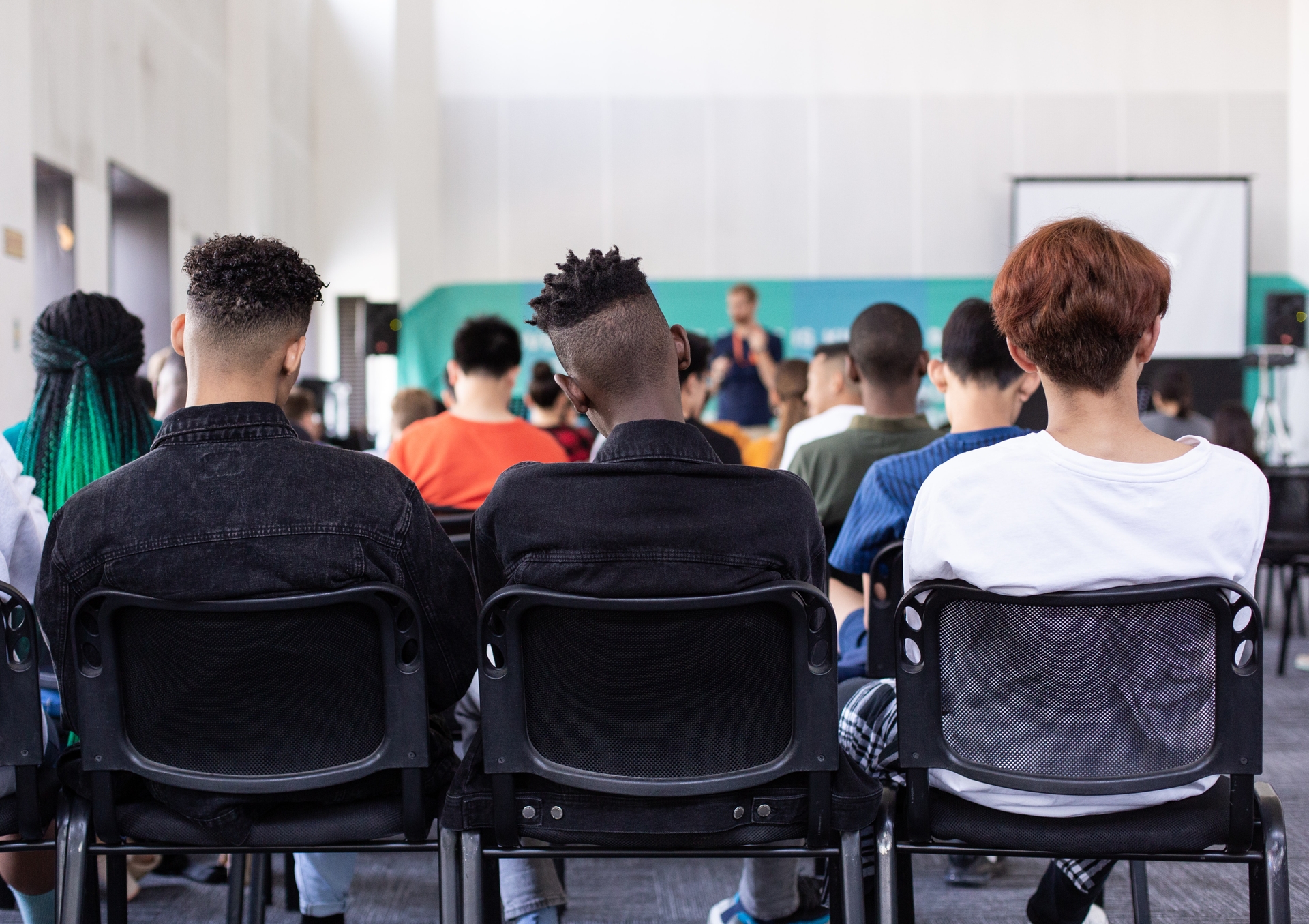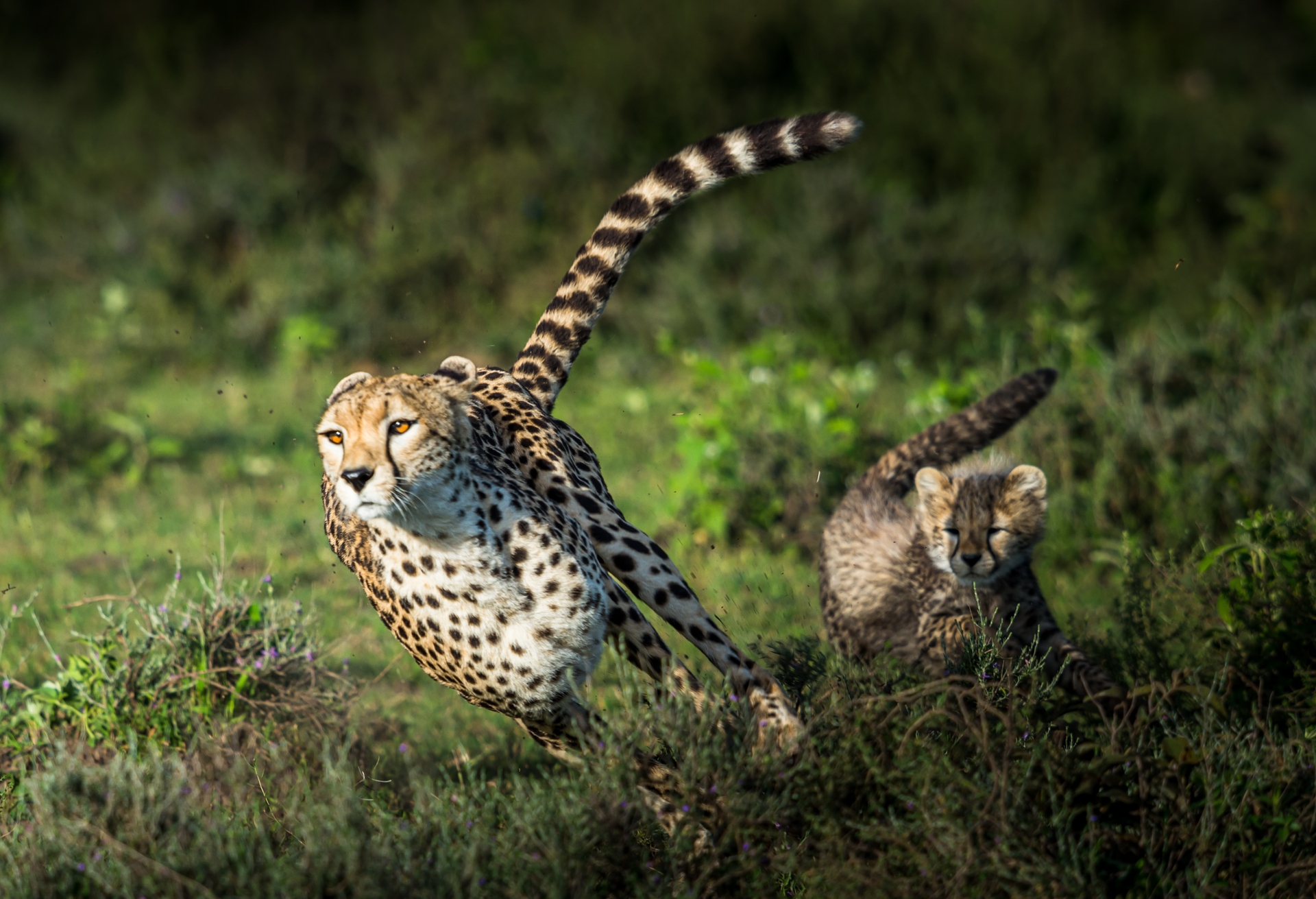Update 10/2021: David Weerts has updated his alumni segment names mentioned here. We also updated this article to reflect his new terminology.
For this article, we spoke with David Weerts, a distinguished researcher in the field of advancement, alumni engagement, and higher education leadership, about how universities can position themselves as an important cause for alumni dollars. Here is an excerpt from our conversation.

What can universities do while students are in college to create experiences that motivate alumni to give back later in life?
Alumni have certain prosocial or civic dispositions that they develop throughout their life, and these qualities lead them to support their universities. But in general, our research suggests that how people think is the most important part of their decision to give back. Ultimately, people are driven by the question of whether they should be giving, and universities have to answer that question in order to achieve fundraising goals.
For instance, one question that my research with Alberto Cabrera answers is: what is it about people’s pathways that lead them to develop philanthropic habits? As a part of some research conducted with an award from CASE, we analyzed different groups of alumni in terms of how they give back to their alma maters. We found that alumni who were the most supportive had been involved with prosocial behaviors even before college—these were students who were high school leaders or members of faith-based organizations. These two traits distinguished students who were likely or unlikely to support the university after graduation.
Still, this doesn’t mean that universities don’t have any influence over their students’ future giving potential. By encouraging students to adopt civic, prosocial habits during their time in university, universities can encourage giving back and create a culture of philanthropy. Of course, any university wants to create ‘super-alums’ who are extremely active in volunteer work or advocacy for their universities. But habits of thinking about philanthropy shape future donors way before a student ever steps foot on campus. So, I think this all comes down to a ‘chicken-or-the-egg’ problem—people who are naturally involved may self-select to become ‘super-alums,’ so it is unclear how much of a role a university plays in actually creating involved alumni.

How should universities allocate resources to different types of alumni?
One strategy that we’ve used to categorize different types of alumni is by giving them animal names that describe their behavior. We order them from most likely to donate to least likely.
The ‘eagles’ are the alumni who do it all—they’re the ones who will write to the legislator on behalf of the university, volunteer in charity events, and be active in all domains including politics of supporting the institution. Then, the ‘hummingbirds’ are the alumni who volunteer, but are not involved with politics, choosing to invest their energy into activities such as recruiting students into the institution. They are likely to host and attend events that are more socially oriented, such as club events or tailgating. The third segment are the cheetahs who are the opposite of hummingbirds. They focus their energy in politics, ignoring the nonpolitical volunteer or service activities Finally, the ‘koalas’ are the ones that don’t do anything—they are not and likely will not be engaged, making them the least likely to support the university after graduation.
These categories start developing pre-college, and once in college, students solidify their animal group identities. These habits of thinking about philanthropy shape future donors way before a student ever steps foot on campus. So, it is particularly important for universities to proactively recognize the potential of each alum to give back. After all, how much time are you going to spend on a koala?
This ties back to the results of a University of Waterloo study, which showed that a mere 4% of alumni are responsible for 80% of fundraising dollars. Advancement resources should be primarily allocated to the alumni with existing philanthropic habits (primarily eagles and hummingbirds), as these alumni have the greatest potential to give back and make a difference.
So, how do you position a university as an important cause for donations?
One way for universities to prove their importance is to partner with public issues across various sectors, whether it be creating service-learning programs that address environmental and sustainability goals or leveraging university resources to improve the economic health of the regions they serve. Our research suggests that many alumni want to see their giving serving the broader community, not just their alma mater. Universities need to position themselves as a good place in which to invest in the future of their alma mater—and the broader society.
For instance, some universities have successfully taken a ‘public good’ approach for issues in their community. Portland State University raised 70 million dollars in a campaign focused on revitalizing the city, and the majority of that money came from people in Portland who did not attend the university. Several major donors actually stated that although they were not students, they were “enrolled in PSU’s vision.” Positioning a university as a worthy place to invest in, and demonstrating that the university will use gifts in order to serve public good, can be a way for universities to differentiate themselves from other nonprofits when competing for alumni dollars.

What are the incentives for alumni in donating?
Economists have shown that often, the benefit for people to donate is the “warm glow effect” that arises from giving to an organization that is integral to their sense of self. This also relates to the literature existing on organizational identity. People who have high levels of identification with their organization will want to give more. For a favorite basketball team, it’s the difference between saying “we won the game” vs “they won the game.” Despite this, some people can have an extremely strong sense of alumni identity and never donate a cent. I think this just comes down to whether philanthropy is a value for those individuals, and as our research shows, these values are formed early in one’s life.
When it comes to giving, there are also some generational factors involved. Older generations may, in part, give more because their tuition was lower as compared to today, and see their gifts now as a way to “give back” to the investment made in them a long time ago. In terms of social exchange theory, the cost of the university was low, but the benefits are high. Now, when students are paying so much more to attend, they feel as if they’ve already given a lot to the university in exchange for an education. So, those generational factors definitely affect alumni’s willingness to give.
If you would like to learn more about David or his work, you can visit his website.
If you would like to know more about how we use this strategy in our software, request a free demo today!
Stay ahead of the curve with CueBack
The world of advancement is changing. Don’t get left behind. Stay ahead of the curve with insights from forward thinkers in the industry who are paving the way for tomorrow’s advancement professional leaders.
